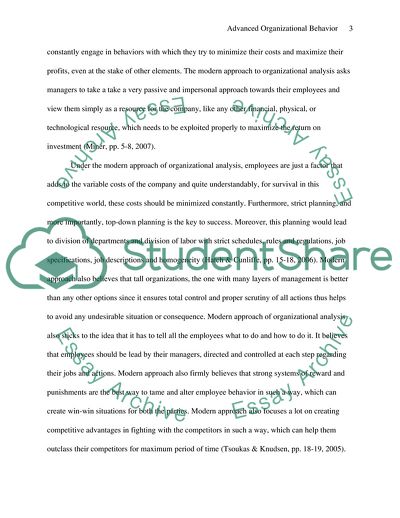Cite this document
(The Latest Development of Evolution in the Field of Organizational and Case Study, n.d.)
The Latest Development of Evolution in the Field of Organizational and Case Study. Retrieved from https://studentshare.org/human-resources/1744586-advanced-organisational-behaviour
The Latest Development of Evolution in the Field of Organizational and Case Study. Retrieved from https://studentshare.org/human-resources/1744586-advanced-organisational-behaviour
(The Latest Development of Evolution in the Field of Organizational and Case Study)
The Latest Development of Evolution in the Field of Organizational and Case Study. https://studentshare.org/human-resources/1744586-advanced-organisational-behaviour.
The Latest Development of Evolution in the Field of Organizational and Case Study. https://studentshare.org/human-resources/1744586-advanced-organisational-behaviour.
“The Latest Development of Evolution in the Field of Organizational and Case Study”. https://studentshare.org/human-resources/1744586-advanced-organisational-behaviour.


